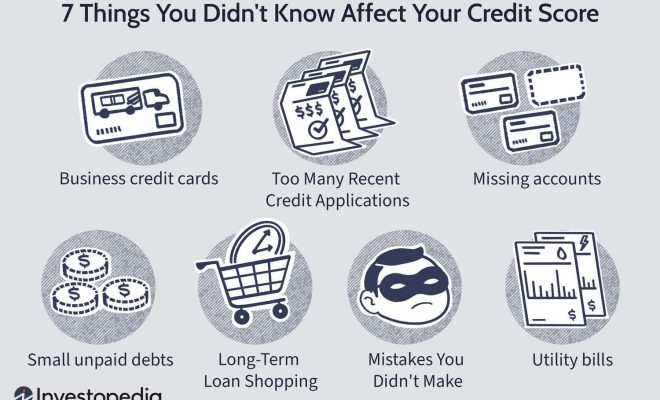What are the Different EV Charging Levels?

Introduction
Electric vehicles (EVs) have become increasingly more popular as society pushes towards more sustainable and environmentally friendly transportation methods. One critical aspect of ensuring the success of these vehicles is the development and widespread availability of charging infrastructure. There are several different types of EV charging options available to cater to a variety of charging needs. This article will explore the three primary levels of EV charging, outlining their respective charging speeds, features, and typical use cases.
Level 1 Charging: Standard Home Chargers
Level 1 charging refers to the slowest type of EV charging, primarily relying on standard household electrical outlets that provide 120 volts. Charging at this level will typically deliver a power output between 1 to 2 kW. For most EVs, this simple approach translates to approximately 4-6 miles of range per hour of charging.
Pros:
– No special equipment required
– Accessible via any standard household outlet
– Ideal for overnight or extended parking scenarios
Cons:
– Slowest form of EV charging
– May not be suitable for quick top-ups or long road trips
Level 2 Charging: Faster Home and Public Chargers
Level 2 charging involves a dedicated charger connected to a higher power source (usually 240 volts). It offers significantly faster-charging rates, ranging from 3.3 up to 19.2 kW. With level 2 charging, an electric vehicle can recover about 10-60 miles of range per hour, depending on the charger’s power output.
Pros:
– Faster than Level 1 charging
– Suitable for both home installation and public use
– Commonly found at workplaces, shopping centers, and parking lots
Cons:
– Requires specialized equipment and additional installation costs
– Not as fast as Level 3 DC fast chargers
Level 3 Charging: DC Fast Chargers
Level 3 charging, also known as DC Fast Charging, is the quickest method for recharging EVs and is primarily designed for public charging infrastructure on highways or in commercial settings. These chargers can provide power outputs of 50 kW to over 350 kW, allowing EV owners to regain 60-80% of their vehicle’s battery capacity within 15-30 minutes.
Pros:
– Extremely fast charging times
– Ideal for long road trips or quick top-ups during short stops
– Growing availability along major travel routes
Cons:
– Not suitable for home installation due to high costs and power requirements
– Frequent use of fast charging may affect battery longevity in some EV models
Conclusion
Understanding the different levels of EV charging is essential for electric vehicle owners, as it helps determine the best charging solution for their specific needs. While Level 1 and Level 2 chargers are suitable for home use and longer parking durations, Level 3 DC fast chargers offer a quick recharge necessary during long road trips. As the EV market continues to expand, it becomes increasingly crucial to develop a robust, versatile, and accessible charging infrastructure that can accommodate different charging needs.






